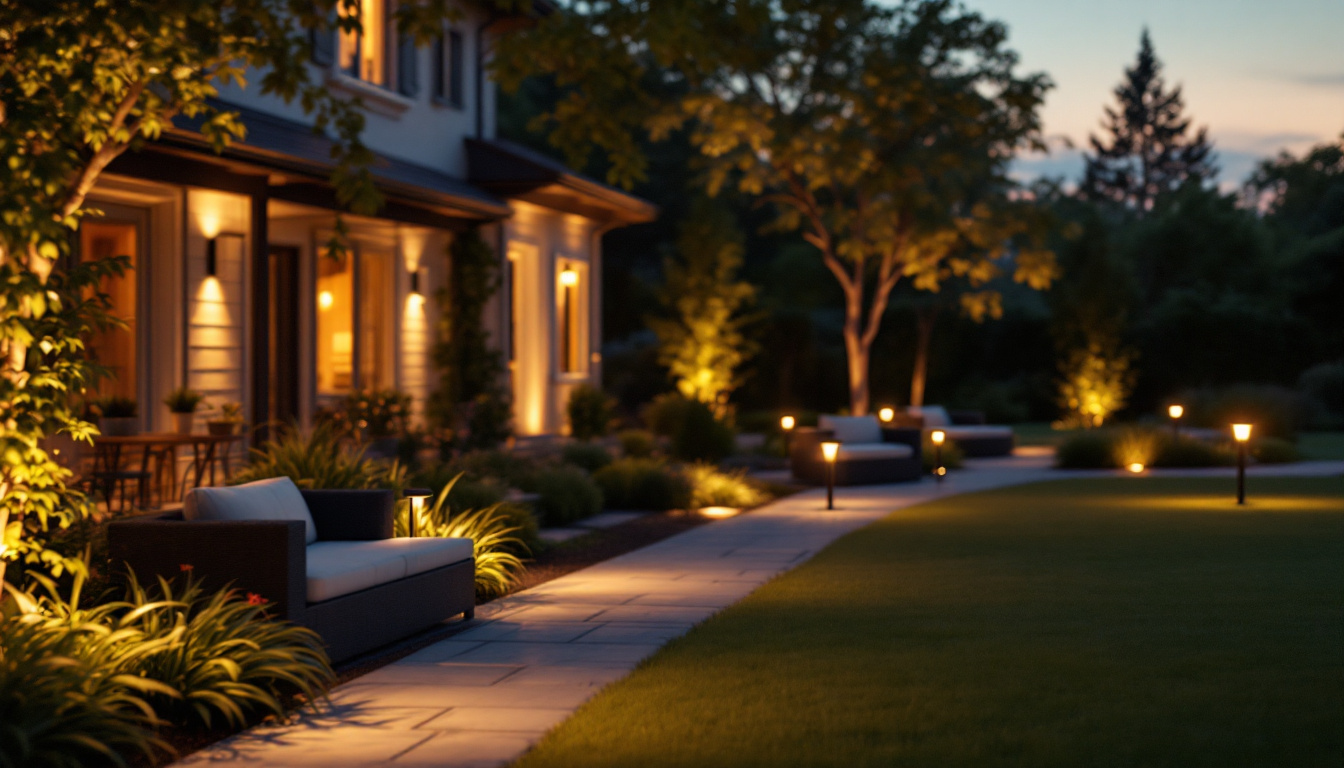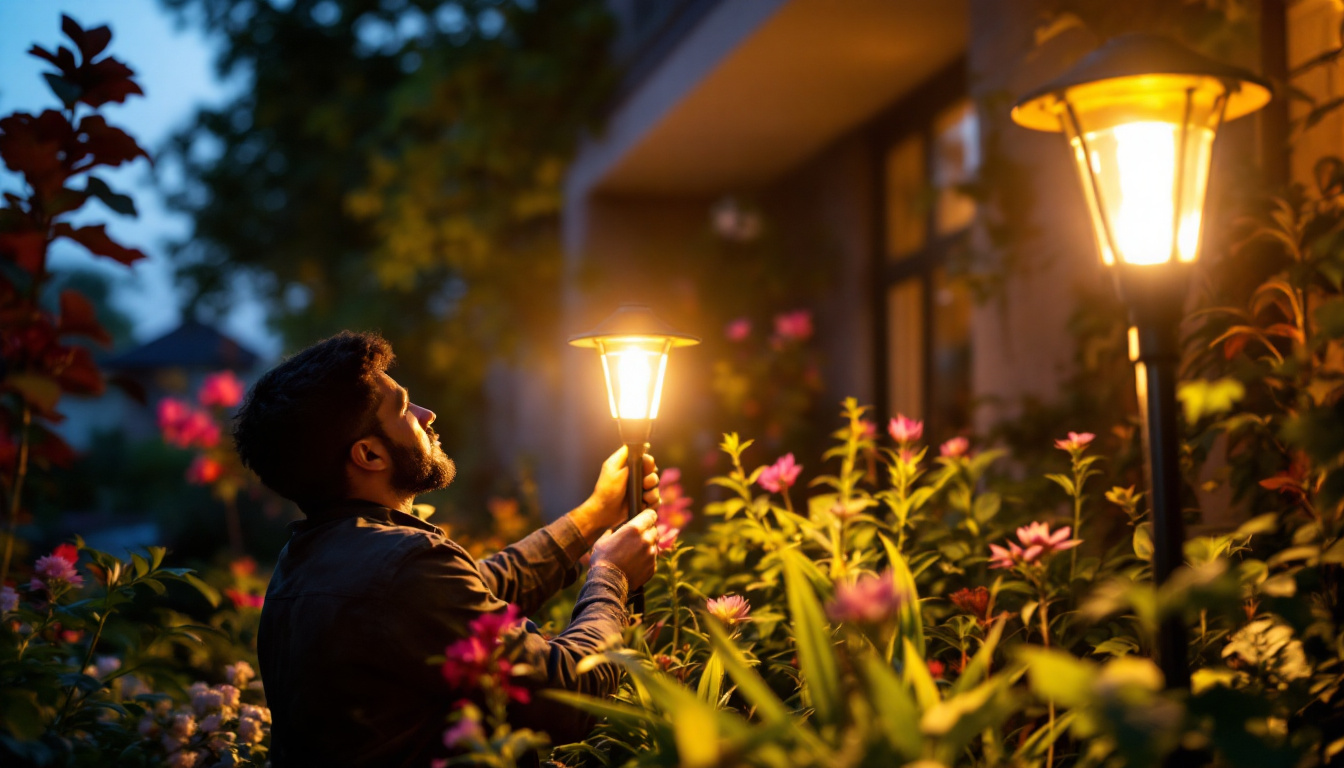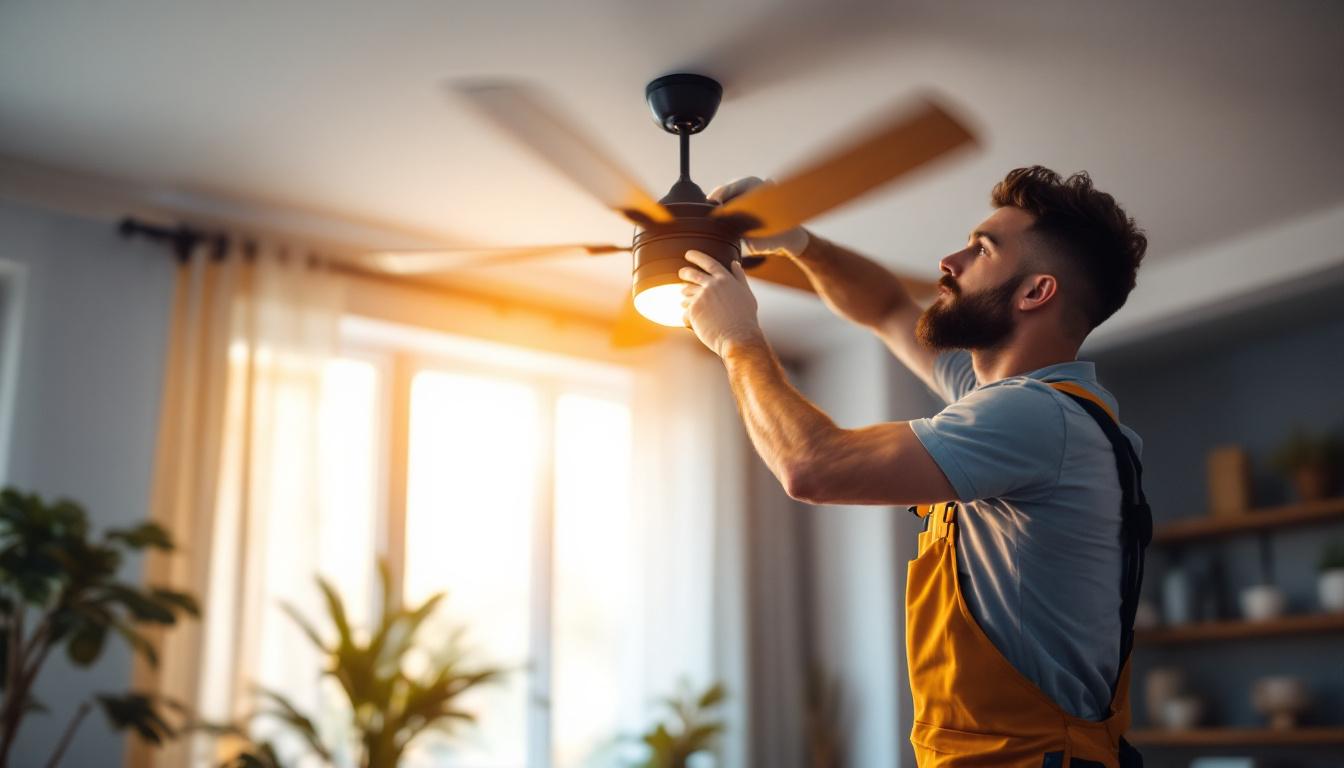
Landscape lighting is an essential aspect of outdoor design, enhancing both the aesthetic appeal and functionality of outdoor spaces. For lighting contractors, understanding the nuances of landscape lighting sets is crucial for delivering quality installations that meet client expectations. This article provides valuable insights and practical advice tailored for lighting contractors looking to elevate their landscape lighting projects.
Landscape lighting sets typically include a variety of fixtures, transformers, and accessories designed to create a cohesive lighting scheme. These sets are not only convenient but also provide a comprehensive solution for various outdoor lighting needs. Familiarity with the components of these sets is essential for contractors to ensure proper installation and optimal performance. Moreover, the right landscape lighting can enhance the aesthetic appeal of a property, highlighting its best features while also providing safety and security after dark.
Most landscape lighting sets come with several key components that play a significant role in the overall effectiveness of the lighting design. These components include:
Understanding these components allows contractors to make informed decisions when selecting and installing landscape lighting sets. Additionally, many modern landscape lighting sets now incorporate energy-efficient LED technology, which not only reduces electricity costs but also extends the lifespan of the fixtures. This shift towards sustainability is becoming increasingly important as homeowners seek to minimize their environmental impact while still achieving beautiful outdoor spaces.
Different types of fixtures serve various purposes in landscape lighting. Here are some common types:
By understanding the unique characteristics and applications of each fixture type, contractors can better tailor their lighting designs to meet client needs. Furthermore, the choice of materials for these fixtures can greatly influence their durability and visual appeal. For instance, fixtures made from corrosion-resistant metals or high-grade plastics can withstand harsh weather conditions, ensuring longevity. Additionally, the aesthetic design of the fixtures can complement the overall landscape, allowing for a seamless integration that enhances the outdoor environment.
Effective landscape lighting design goes beyond merely installing fixtures. It involves a thoughtful approach to enhance the beauty and functionality of outdoor spaces while ensuring safety and security. Here are some design principles to consider.
Layering light is a fundamental principle in landscape lighting design. It involves combining different types of lighting to create depth and dimension. By using ambient, task, and accent lighting, contractors can achieve a well-rounded lighting scheme.
By thoughtfully layering these types of lighting, contractors can create a balanced and inviting outdoor environment. The interplay of light and shadow can transform a mundane backyard into a captivating retreat, where each element is showcased at its best. For instance, strategically placed fixtures can create a magical atmosphere during evening gatherings, encouraging outdoor living and entertaining.
When designing landscape lighting, it is essential to consider the unique features of the outdoor space. Factors such as plant types, hardscapes, and architectural elements should influence fixture selection and placement.
For example, uplighting can be used to highlight tall trees, while downlighting may be more appropriate for illuminating seating areas. By taking into account the specific characteristics of the landscape, contractors can enhance the overall design and functionality of the lighting scheme. Additionally, the seasonal changes in foliage should be considered; deciduous trees may provide a different aesthetic in winter than in summer, and lighting should be adaptable to these variations. Incorporating smart lighting solutions can also allow homeowners to adjust their lighting according to the time of year or occasion, ensuring that the landscape remains inviting and functional year-round.
Proper installation is critical to the success of landscape lighting projects. Following best practices can help ensure that the lighting system operates efficiently and effectively while minimizing potential issues.
Before installation begins, it is crucial to plan the layout of the lighting system. This involves determining the optimal placement of fixtures, considering factors such as:
A well-planned layout not only enhances the aesthetic appeal but also ensures that the lighting system functions as intended.
Wiring is a vital aspect of landscape lighting installation. Contractors should ensure that all wiring is buried at a safe depth to prevent damage and maintain safety. Additionally, using high-quality, weather-resistant cables can help prolong the lifespan of the lighting system.
It is also important to follow local electrical codes and regulations to ensure compliance and safety. Proper wiring techniques contribute to the overall reliability of the lighting system, reducing the likelihood of future issues.
Selecting the right products is a crucial step in ensuring the success of landscape lighting projects. Contractors should consider factors such as quality, energy efficiency, and aesthetics when choosing fixtures and components.
Investing in high-quality fixtures and components can significantly impact the longevity and performance of the lighting system. Look for products made from durable materials that can withstand outdoor conditions, such as corrosion-resistant metals or UV-resistant plastics.
Additionally, quality fixtures often come with warranties, providing peace of mind for both contractors and clients. Prioritizing quality over cost can lead to more successful projects and satisfied customers.
As sustainability becomes increasingly important, energy efficiency is a key consideration in landscape lighting. LED fixtures are an excellent choice for contractors looking to reduce energy consumption while providing effective illumination.
LED lights consume significantly less energy than traditional incandescent bulbs and have a longer lifespan, reducing maintenance costs over time. By promoting energy-efficient solutions, contractors can appeal to environmentally conscious clients and contribute to sustainable practices.
Once a landscape lighting system is installed, ongoing maintenance is essential to ensure its continued performance. Contractors should educate clients about maintenance practices and be prepared to troubleshoot common issues.
Regular maintenance helps extend the life of landscape lighting systems. Some basic maintenance practices include:
By establishing a routine maintenance schedule, contractors can help clients keep their landscape lighting systems in optimal condition.
Even with proper installation and maintenance, issues may arise. Common problems include:
Being equipped to troubleshoot these common issues can enhance customer satisfaction and demonstrate professionalism.
Effective communication with clients is essential for successful landscape lighting projects. Educating clients about their lighting systems and maintaining open lines of communication can lead to better outcomes and stronger relationships.
Clients may not fully understand the benefits of landscape lighting. Educating them about how lighting enhances safety, security, and aesthetics can help them appreciate the value of the investment. Highlighting specific benefits, such as increased property value and extended outdoor usability, can also be persuasive.
It is important to set realistic expectations regarding the outcomes of landscape lighting projects. Discussing factors such as installation timelines, maintenance requirements, and potential challenges can help clients feel more informed and engaged in the process.
Clear communication about what to expect can lead to increased client satisfaction and a smoother project experience.
Landscape lighting sets offer a versatile and effective solution for enhancing outdoor spaces. For lighting contractors, understanding the components, design principles, installation best practices, and maintenance requirements is essential for delivering high-quality projects. By prioritizing quality products, effective communication, and ongoing education, contractors can build strong relationships with clients and ensure the success of their landscape lighting endeavors.
As the demand for outdoor lighting continues to grow, staying informed about industry trends and advancements will further empower contractors to create stunning and functional outdoor environments. Embracing these practices will not only enhance the contractor’s reputation but also contribute to the overall satisfaction of clients.
Ready to elevate your landscape lighting projects with premium products that combine quality and affordability? Look no further than LumenWholesale. Our extensive selection of spec-grade lighting products is designed to meet the highest industry standards, ensuring that your installations stand out for their reliability and performance. With unbeatable wholesale prices and the convenience of free shipping on bulk orders, you can provide your clients with top-tier lighting solutions without the burden of inflated costs. Discover the ideal partnership for your lighting needs and take advantage of the best value in wholesale lighting by visiting Wholesale Lighting at the Best Value today.

Discover how LED 4-foot shop lights can revolutionize your lighting designs with energy efficiency, superior brightness, and versatile applications.

Discover why your solar lights might not be lasting as long as expected.

Discover essential tips and best practices for lighting contractors when installing light fixture ceiling fans.

Discover the transformative role of 8′ LED shop light fixtures in the lighting industry.